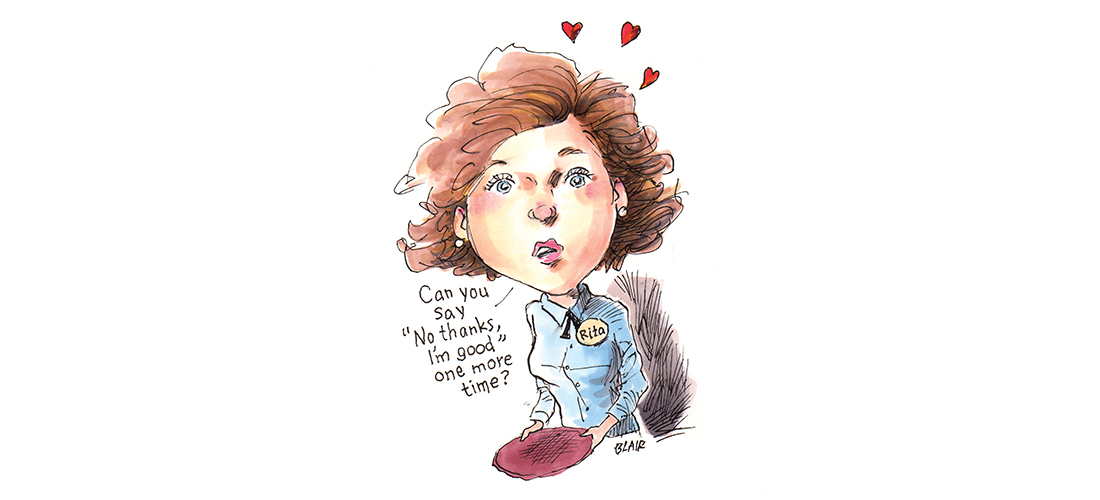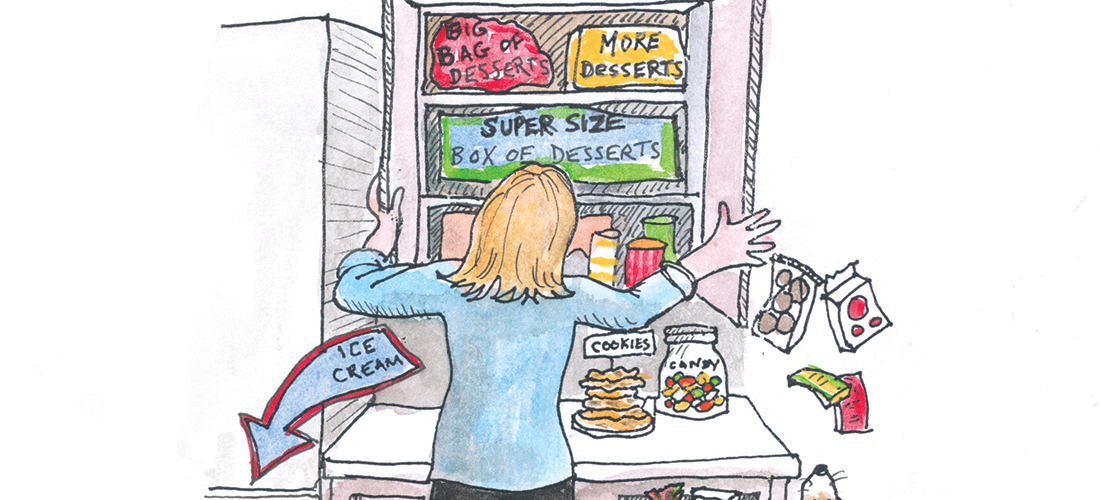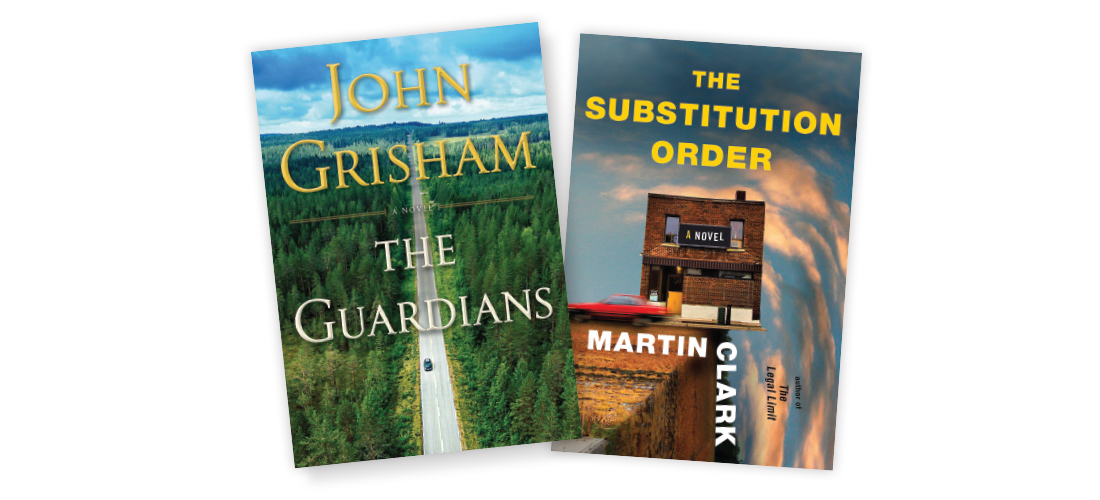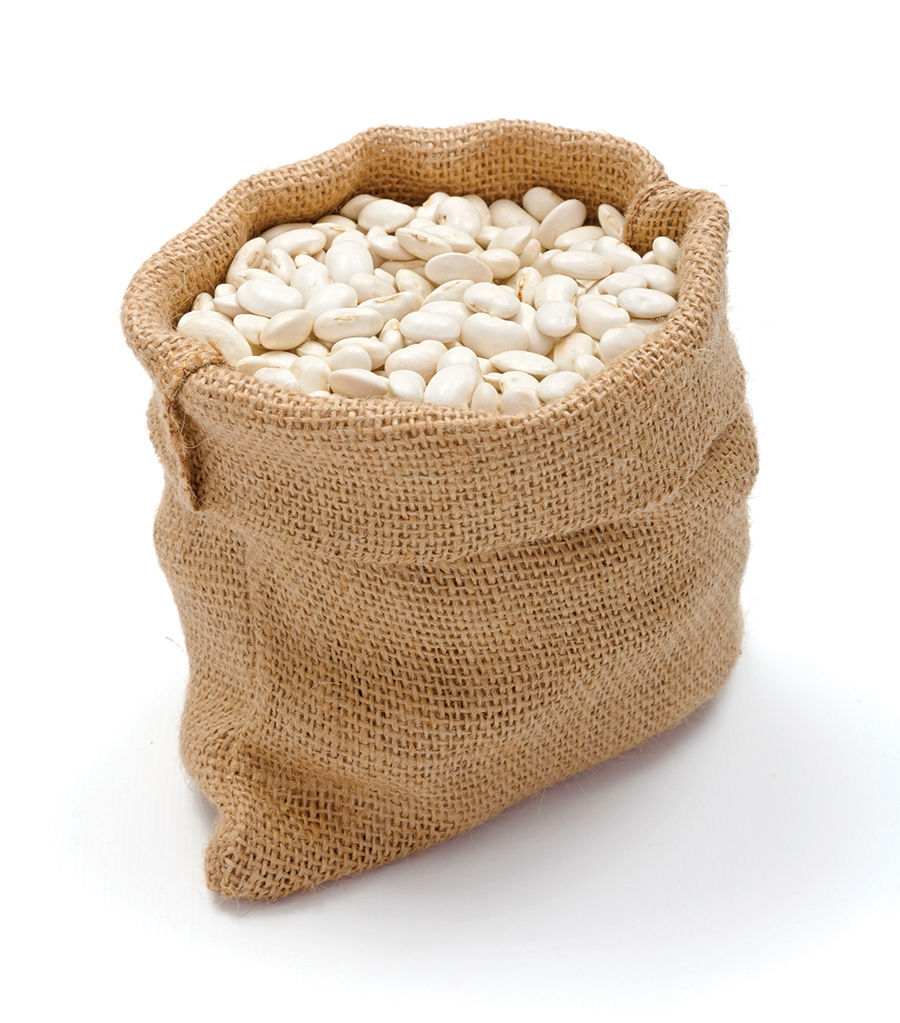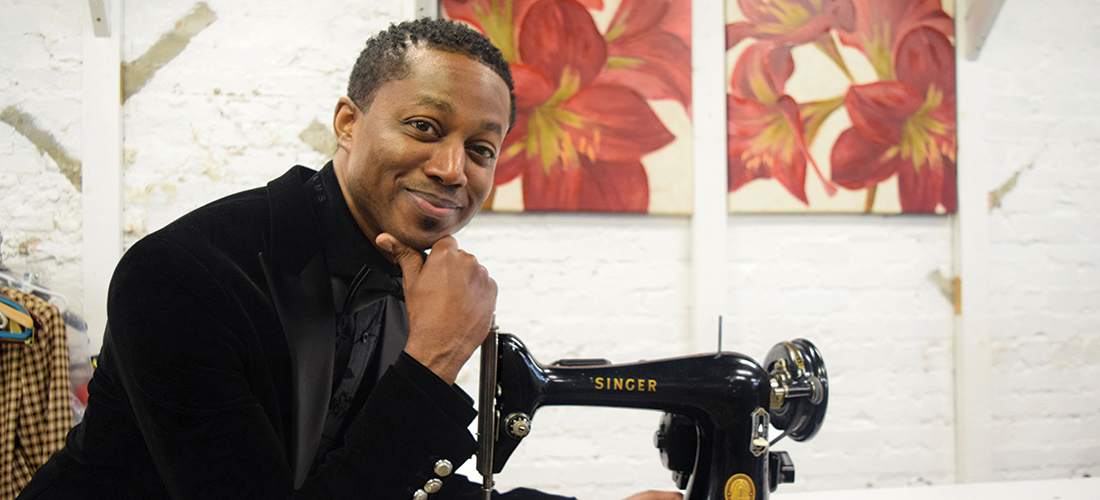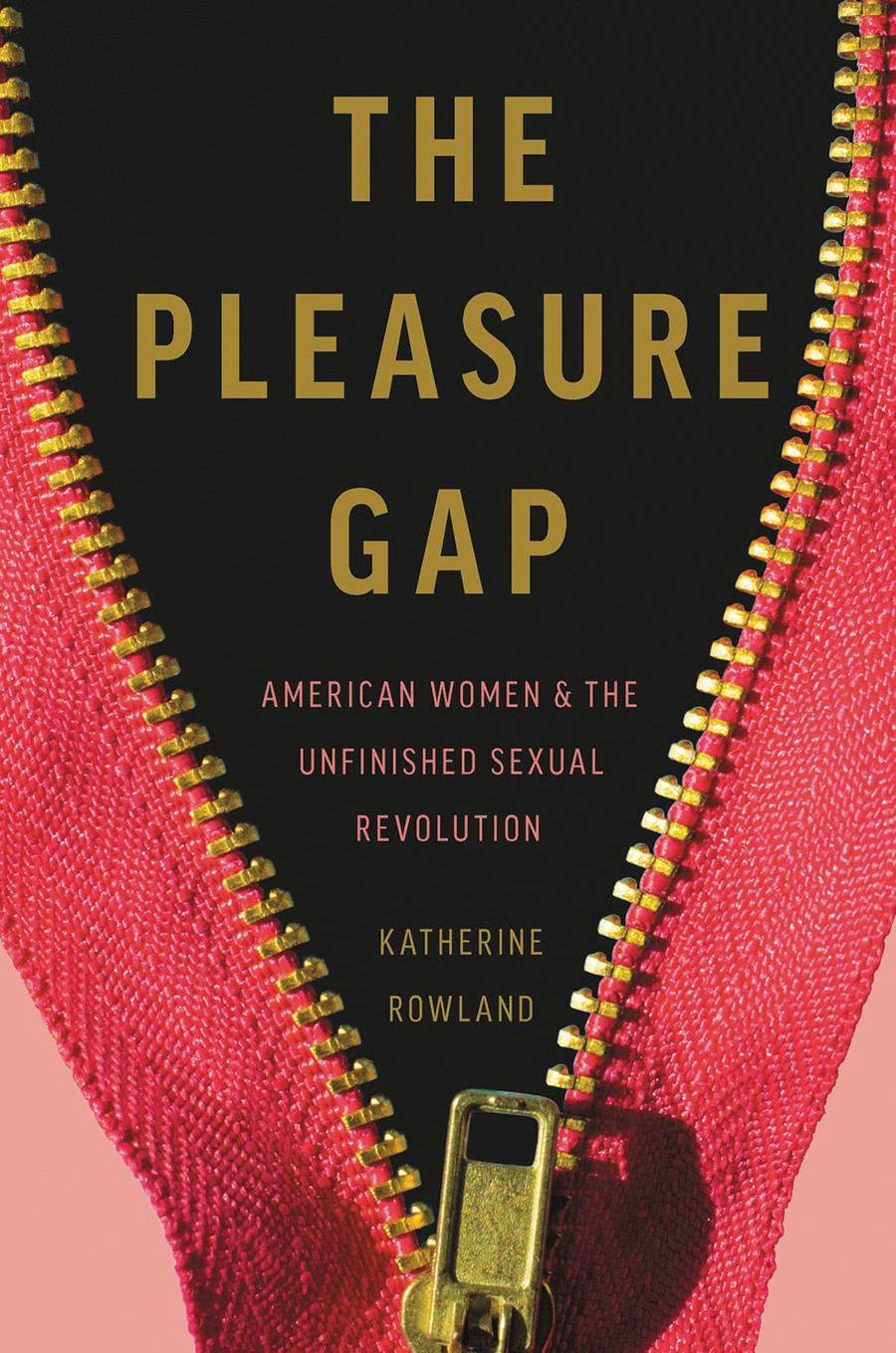O.Henry Ending
A Manner of Speaking
For this Southerner, it’s drawl or nothin’
By David Claude Bailey
If you’ve met me, you will agree that one of my most unforgettable traits is my down-home Piedmont accent. Think Andy Griffith or a North Carolina Highway Patrolman asking you if you had a particularly pressing reason for exceeding the speed limit.
In my youth, I never gave it much thought — until, I went to New York City at 16 and ordered a burger. The waitress stopped me in mid-sentence and said, “Say that again.” When I did, she broke into uncontrollable laughter and parroted my words with a lame Gomer Pyle impersonation.
Granted, I tend to draw out my vowels. I pronounce the sauce (dip) that’s used to mop pork barbecue “Di-yup.” When I say “hog” or “dog,” they sound as if I fattened them up with a few extra syllables.
I don’t need to be telling “you all” this if you’ve lived in Greensboro or its surrounds for any length of time. And yet, decades ago when I enrolled at UNCG, 20 miles from my hometown of Reidsville, people thought I talked funny, just my cousins from Madison and Mayodan talked funny. And my wife-to-be, bless her, got an earful when she moved to Reidsville from the Lowcountry of South Carolina. My schoolmates had a field day with the way she said “Sears” (rhymes with “mayors”). Sadly, she lost any trace of a rich and glorious accent that I only get to hear when we visit her relatives.
Let’s face it, everybody talks funny compared to someone else, but if you have a Southern accent, somebody’s going to point it out.
A press trip to Malaysia with a group of American cookbook writers comes to mind. Two or three of us who had become fast friends would get up early and seek out farmers’ markets, gawking at the unusual viands, such as frogs, bats and sea creatures I’d only seen before in storybooks. Afterwards, we’d drink cup after cup of coffee that had been made in what looked like a sock, thickened with an inordinate amount of sweetened condensed milk. In spite of these shared bonds, one in the troupe still thought it hilariously amusing to affect a Hee-Haw drawl, once chortling out, “Why right’ cheer comes Day-fid Bay-leee.”
I simply asked her: “If I were Polish, would you start telling ‘dumb Polack’ jokes? Or if I were Hispanic or Black, would you suddenly start talking like the Frito Bandito or Buckwheat?” She actually apologized.
On other occasions, I’ve discovered my speech has its advantages. When I was a young college kid hitchhiking through Europe, a group of Italians in a bar thought I sounded just like Bob Dylan and bought me rounds of beer as long as I crooned on about Ruthie wanting me to come see her in her honky-tonk lagoon. And a female publicist in London once kept me on the phone, asking me about what kind of car I drove and was I married. Finally, she said, “Has anyone ever told you that you have a really sexy accent?”
Sexy? Er, no. Though a waitress in Philadelphia once sat down at my table to spoon feed me the crème brûlée I’d ordered because, she said, she liked the way I talked. I’m pretty sure that’s not all she liked.
Over the years, I’ve come to actually treasure my Southern accent. What continues to bother me, though, is that with the influx of so many people from all over the United States into the Piedmont, I still hear, “say that again.”
“Hey,” I think as they laugh hysterically, “I was here first.” Which brings me, of course, to another story.
In the early 1980s I was aerospace editor of Cocoa TODAY, which became Florida TODAY, which was a trial run for Al Neuharth’s USA TODAY. I covered NASA for the paper in the months before the Space Shuttle became America’s first manned flight in six years. I had just been Okayed for a trip to Washington, D.C., to write a series about the Shuttle’s cost overruns, a series that eventually won the Aviation and Space Writers’ top award. As I jabbered on and on about the trip with my colleagues, a Brooklyn-born photographer mimicked my pronunciation of our nation’s capital — “Warshington,” I was saying.
“Bev,” I said, “where are we?” She looked puzzled, but replied, “In the newsroom.”
“Where’s the newsroom?” I continued. “In Cocoa.” “Where’s Cocoa,” I countered. “In Florida,” she said, and then suspiciously, “What is this?” “Just answer my question, please,” and by this time the entire newsroom was tuned in.
“What region of the country is Florida in?”
“It’s in the South, I guess,” she replied.
“No guessing about it,” I shot back. “Florida is in the Deep South, so quit telling me how to talk on my own turf.”
Never has the sound of applause been so sweet. OH
David Claude Bailey did not pick up any of his mother’s Pennsylvania Dutch accent.

